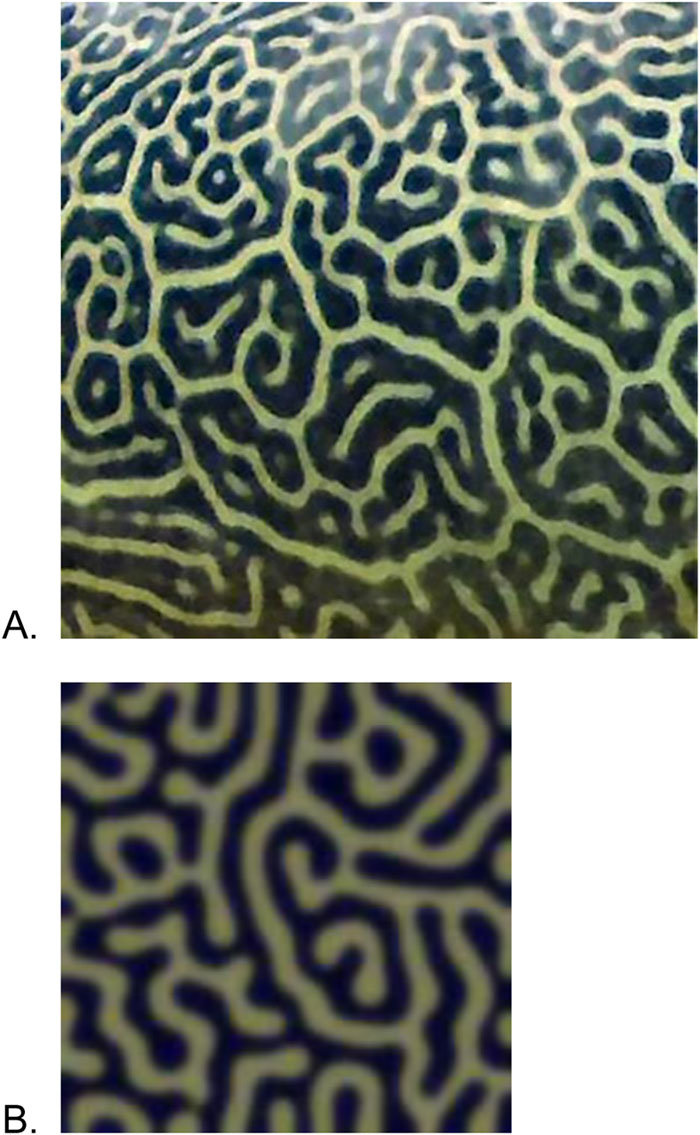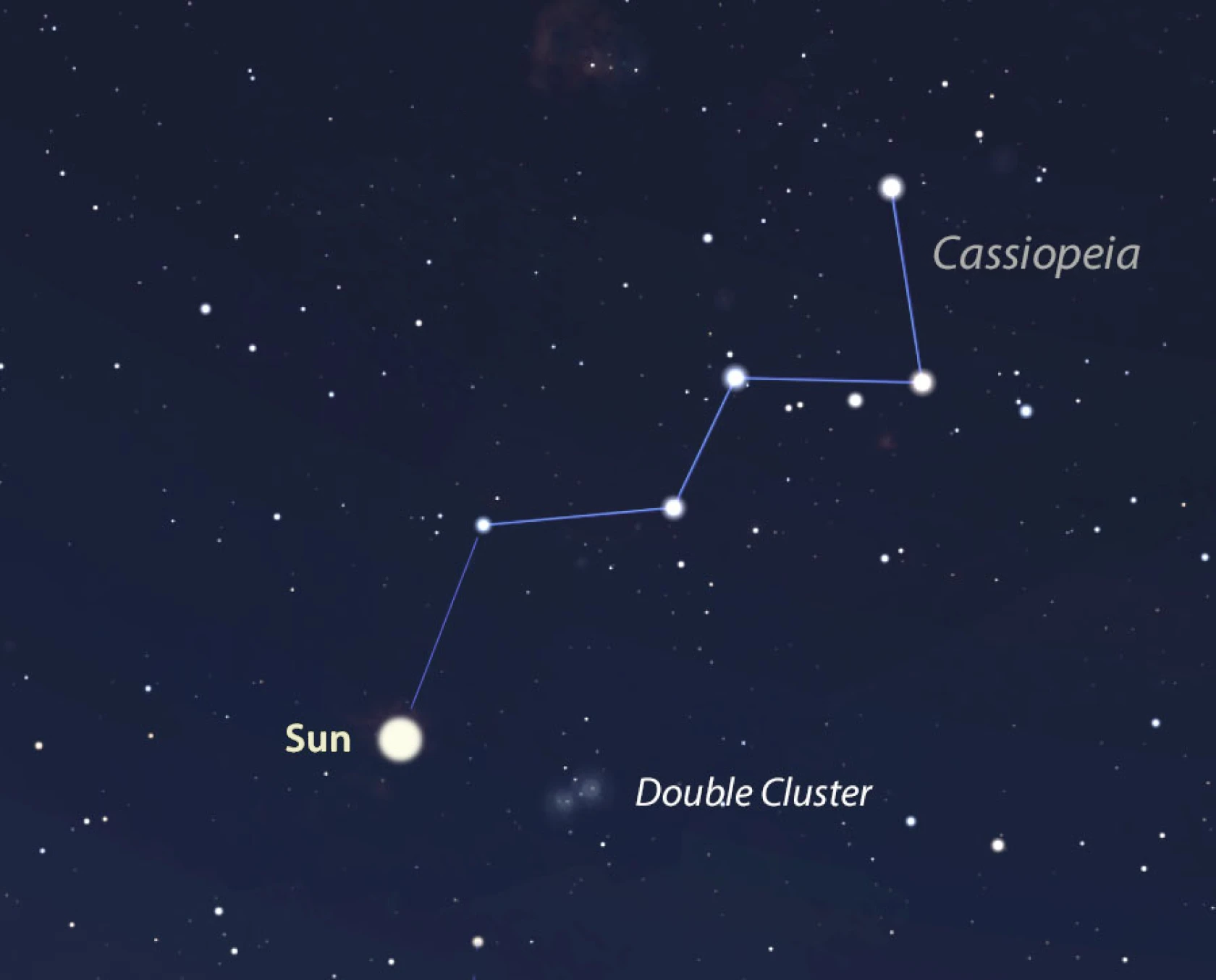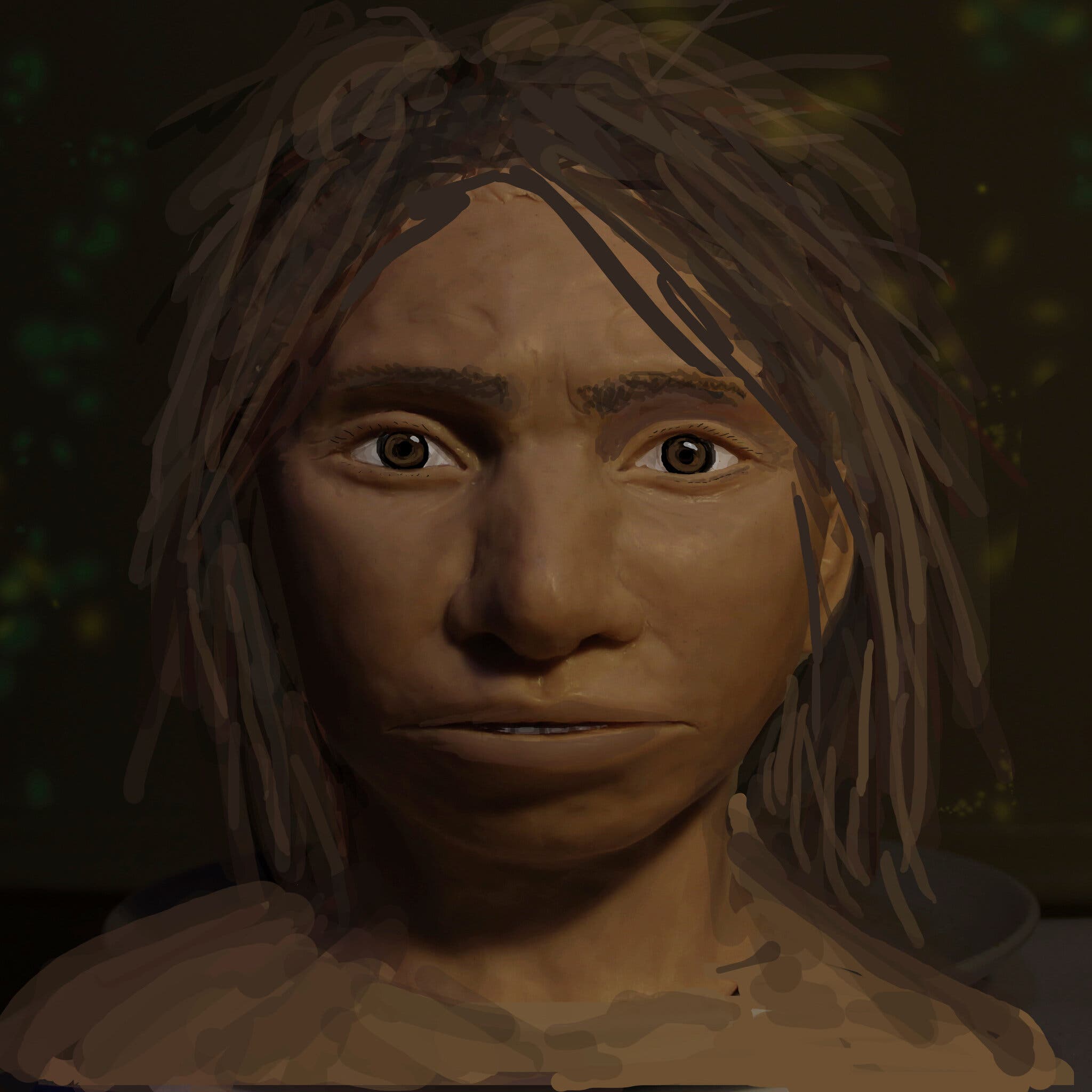science
22541 readers
38 users here now
Welcome to Hexbear's science community!
Subscribe to see posts about research and scientific coverage of current events
No distasteful shitposting, pseudoscience, or COVID-19 misinformation.

founded 4 years ago
MODERATORS
1
2
3
4
5
31
How food preferences are linked to cognition and brain health – and why a balanced diet is superior
(theconversation.com)
6
7
8
9
10
11
12
13
37
Parrots love playing tablet games. That’s helping researchers understand them.
(news.northeastern.edu)
14
15
16
17
18
19
20
21
52
Restored coral reefs can grow as fast as healthy reefs after just four years – new study
(theconversation.com)
22
23
24
25
view more: next ›







